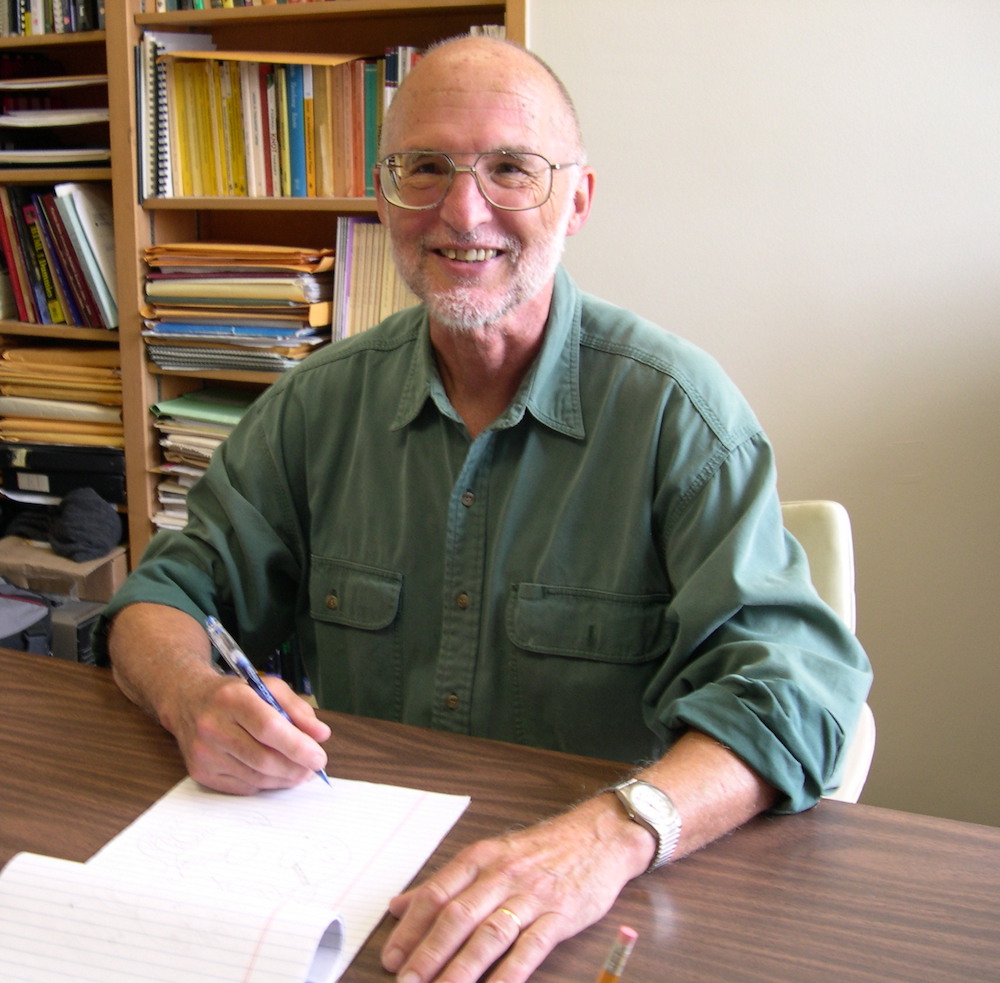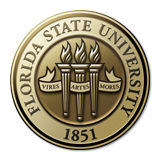Faculty Profile: Wolfgang Heil

By: Reagan Creamer
Nearing almost fifty years in the Department of Mathematics at Florida State University, Dr. Wolfgang Heil has had the unique opportunity to watch the department grow and expand. He has served as a professor of topology and pure mathematics since 1970.
Born and raised in Frankfurt, Germany, Dr. Heil attended Goethe University in his hometown. There, he studied mathematics and physics. In 1963, he graduated with his Vordiplom fuer Mathematiker, a Bachelor of Science degree in Mathematics. He remained at the university to earn his Master of Science in Mathematics, Diplom fuer Mathematiker, as well. Following his graduation in 1967, he traveled from Germany to the United States of America to pursue a fellowship opportunity. As a German Academic Exchange Service (DAAD) fellow, he ventured to the University of Illinois at Urbana-Champaign.
"The reason I went there was because of a famous topologist," he reveals while referring to Wolfgang Haken. At the time, Haken was serving as a visiting professor at the university, where he reinforced Dr. Heil's interest in topology. Following his time in Illinois, he moved to Houston, Texas, where he attended Rice University. There, he pursued his PhD in Mathematics and graduated in 1970.
During the same year, Dr. Heil joined Florida State University's Department of Mathematics as an assistant professor. In 1983, he earned the title of Professor, and has remained in the role ever since.
In 2020, Dr. Heil will start his 50th year of teaching at FSU. During the past five decades, he has seen the Department of Mathematics grow and change for the better. The most noticeable difference he noticed is the increase in students.
"When I first started here, we had about 10,000 - 15,000 students," he offers. "The class sizes have been increasing, when I came here the classes were really small and no more than 20 students." Since 1970, he has seen class sizes reach up to 50 students and the student population rise upwards of 30,000. He also witnessed the expansion of the Department of Mathematics.
"When I got here, there were only two areas: pure and applied mathematics," he states. "Only in the last 20 years or so, have we expanded to actuary science, financial math, and biomathematics."
Although class sizes and the number of programs have both grown, Dr. Heil reveals that his position has, for the most part, stayed the same.
"There is a satisfaction you have when you achieve a result that you can share with others in your field and just talk about it. The result is beautiful to me, and that is the most rewarding part." Wolfgang Heil
"I am still teaching, mostly pure mathematics," he tells. In the Spring of 2019, he taught Calculus III, but has taught over twenty different types of classes, ranging from Modern Analysis to Applications to Advanced Seminar in Topology, since 2011 alone. In teaching, Dr. Heil has had the opportunity to work with students at all academic levels. For his undergraduate students, he aims to keep his courses as interesting as possible to expose students to topology.
"The goal is to tell them about what you are doing, tell them about what others are doing in topology, and try to come up with interesting problems," he offers. For his undergraduate students hoping to become mathematicians he encourages them to explore as many different math areas as possible.
"My advice, first of all, as an undergraduate, would be to take as many diverse mathematics courses as you can," he suggests. "You should take some in applied mathematics to pure math, because you never know what your abilities really are. In my case, I tended to go into algebra, rather than topology, when I was a student. But after attending a few seminars, I could think better in topology rather than algebra, so you never know."
In his graduate courses, that are solely on topology, he focuses heavily on research. Despite the new problems and topics emerging over the years, Dr. Heil's main objective when teaching has remained the same.
"In the graduate courses, especially in topics courses, you try to teach the latest research that is out there," he explains. "The goal is to keep students up-to-date on what is happening in your area and that goal is still the same."
He finds that the vast majority of his graduate students pursue positions in the world of academia. He has seen his students go on to teach at prominent universities across the globe, such as the University of Puerto Rico and the University of Libiana. Seeing the success of his students is extremely rewarding for Dr. Heil.
"I give homework assignments where they really have to think about the problem hard," he reveals. "And it might take a few days, but then they get that 'Aha!' moment and think 'wow, I finally got it' and that is very rewarding."
As for himself, Dr. Heil has taught abroad as a visiting professor at many institutes, including the University of Hawaii at Manoa, University of Konstanz in Germany, Portland State University in Oregon, and more. Despite visiting other universities, he has never considered leaving FSU.
"I am happy to be here," he expresses. "My colleagues are nice people. There is a large working group in my area and it's a nice working environment altogether."
Outside of the work week, Dr. Heil can sometimes still be found in his office on Saturday mornings, working on his research problems.
"Topology is something where you are not focusing on having concrete applications," he speaks of the research area. "There are these problems out there and they are waiting to be solved. Whether or not that might lead to applications, you don't know."
Over the years, he has seen his own research evolve as trends in the field have changed.
"In recent years, it turns out there are more and more applications to topology," he reveals. "So, my recent research is much different than what I did before. It concerns certain topological spaces and low dimension topological spaces that come up when you try to disguise the behavior of big data points."
Some of the research problems he is exploring include collaboration with others in the field. For the past two decades, he has been working with mathematicians from the Centro de Investigación en Matematicás in Guanajuato, Mexico.
"The three of us we had a really successful run for the last 20 years or so," he explains. "If I have an idea I can just email the guys like 'look I found this and this' and they usually respond within a week or so with other ideas and within a year we have enough to try and write up a paper. So for me, that's really exciting."
For Dr. Heil, one of the most riveting things about research in mathematics is being able to find a solution to a problem and share it with others.
"The most exciting thing for me is when I have a paper where I think I have solved a hard problem," he explains. "There is a satisfaction you have when you achieve a result that you can share with others in your field and just talk about it. The result is beautiful to me, and that is the most rewarding part."

